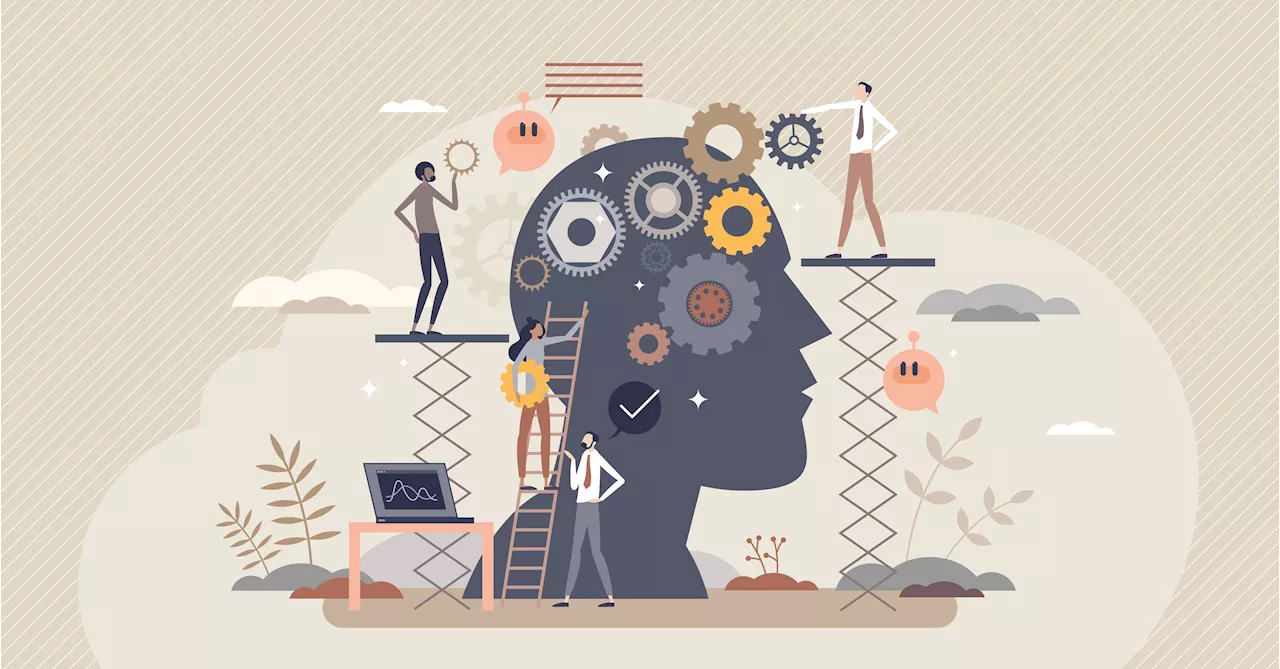The speed of human perception is surprisingly slow, say neuroscientists. That has important implications for our understanding of cognition and for the limits of brain computer interfaces.
One of the great endeavors of modern science is to understand the brain. This organ, the most complex machine we know, is a miracle of evolutionary biology. It processes a potent firehose of information to set goals, achieve tasks and navigate complex environments, often in ways that put the world’s most powerful supercomputers to shame. Remarkably, it weighs about the same as a bag of flour and runs on little more than a bowl of porridge.
For example, they say that photoreceptors in the eye convert the amount of light they receive into a continuously varying membrane potential at a rate equivalent to about 270 bits per second. And since a single eye contains about six million receptors, that’s a total data rate of 1.6 gigabits per second.
That raises the interesting question of how much compression has taken place by the time this information reaches the level of perception. Put simply, how quickly do we think? That’s an extraordinary result. It implies that the rate of data perception is tiny compared to the rate at which we encounter data in the environment. Zheng and Meister give the example of a home WiFi network, which operates at 100 megabits per second to stream Netflix shows, even though our brains will never absorb more than 10 bits per second of that stream.
The researchers have a sobering message for Elon Musk and his attempts to increase the bandwidth from the brain by creating a direct connection with the outside world. They point out it’s easy for people to imagine that their internal monologue is far richer than they are able to communicate. But this is an illusion.
Instead, a better approach might be to feed preprocessed information into the brain at a rate it can easily process, in other words at about 10 bits per second. This might include the identity and location of objects and people in a scene, in a way that allows interaction, obstacle avoidance and so on. “This can be done comfortably using natural language: A computer translates the visual scene to speech in real-time and narrates it to the user according to their needs,” say the researchers.
United States Latest News, United States Headlines
Similar News:You can also read news stories similar to this one that we have collected from other news sources.
 Mavs mailbag: All eyes on Luka Doncic’s health entering new seasonDoncic’s plethora of injuries during last season’s playoffs included a left ankle injury, a chest contusion and most notably, a right knee sprain.
Mavs mailbag: All eyes on Luka Doncic’s health entering new seasonDoncic’s plethora of injuries during last season’s playoffs included a left ankle injury, a chest contusion and most notably, a right knee sprain.
Read more »
 Which Las Vegas Raiders have the most to prove entering the 2024 seasonThe Las Vegas Raiders have a few players who have a lot riding on the 2024 season.
Which Las Vegas Raiders have the most to prove entering the 2024 seasonThe Las Vegas Raiders have a few players who have a lot riding on the 2024 season.
Read more »
 The Post's top NFL prospects entering 2024 college football seasonAfter the 2024 NFL Draft started with a record 14 straight picks on the offensive side, the early read on the 2025 draft class is that it could be stacked at the top with pass rushers and cornerbac…
The Post's top NFL prospects entering 2024 college football seasonAfter the 2024 NFL Draft started with a record 14 straight picks on the offensive side, the early read on the 2025 draft class is that it could be stacked at the top with pass rushers and cornerbac…
Read more »
 KC Chiefs OT Chukwuebuka Godrick Explains Growth Since Entering NFLAhead of his second year with the KC Chiefs, OT Chukwuebuka Godrick explained in an interview how he's adjusted to life in the NFL from the NFL IPP program.
KC Chiefs OT Chukwuebuka Godrick Explains Growth Since Entering NFLAhead of his second year with the KC Chiefs, OT Chukwuebuka Godrick explained in an interview how he's adjusted to life in the NFL from the NFL IPP program.
Read more »
 Five Baltimore Ravens on Roster Bubble Entering Preseason FinaleThese five Baltimore Ravens players are fighting just to make the 53-man roster.
Five Baltimore Ravens on Roster Bubble Entering Preseason FinaleThese five Baltimore Ravens players are fighting just to make the 53-man roster.
Read more »
 Why the Houston Rockets are on the Rise Entering the 2024-25 NBA SeasonHouston could be better than people think this season.
Why the Houston Rockets are on the Rise Entering the 2024-25 NBA SeasonHouston could be better than people think this season.
Read more »
